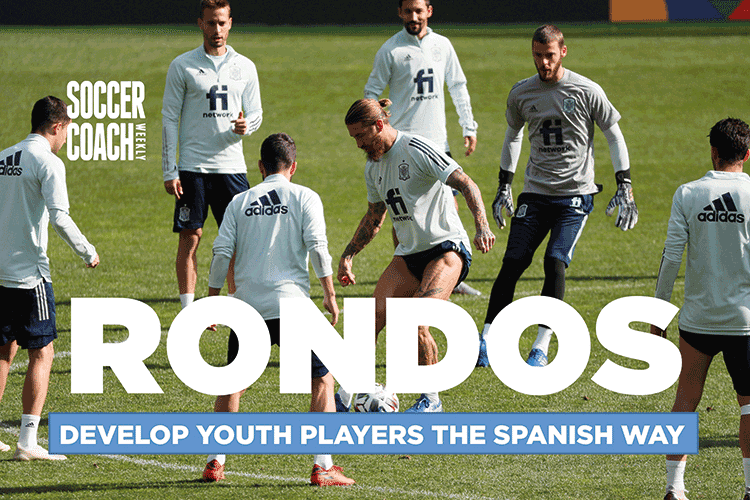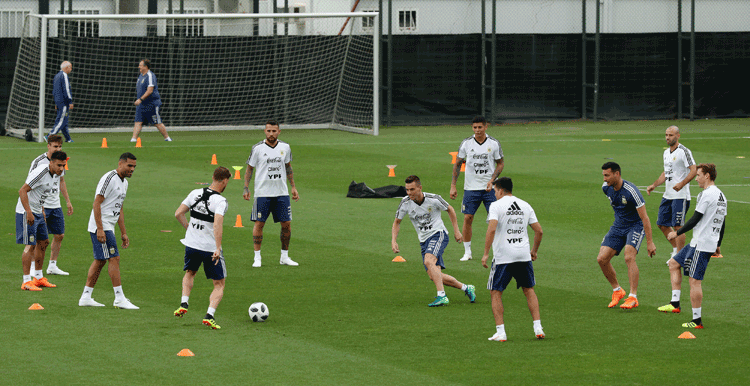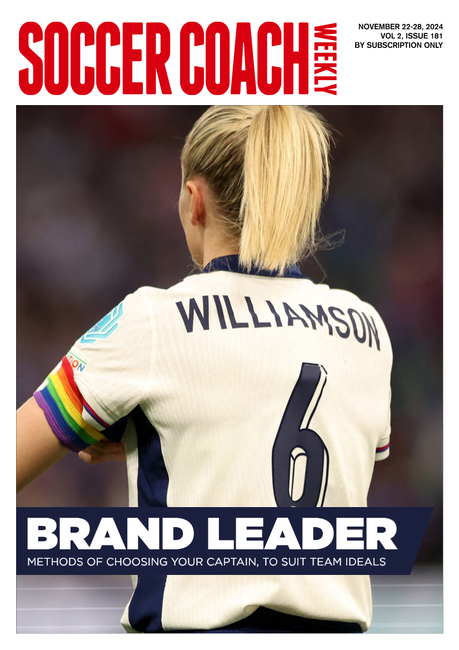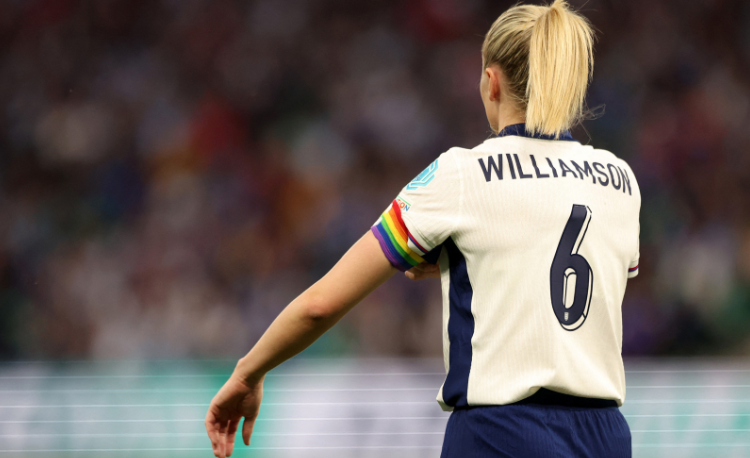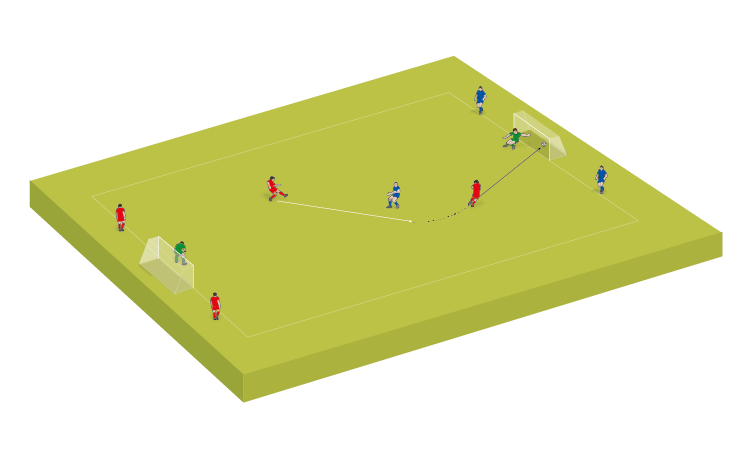What can Rondos do for your players?
Coaching Adviceby Dave Clarke
Rondos are ideal for training, for warm-ups, for pre-season and to get players in the mood for working hard. They are directly related to the principles of play and link into systems of play – so 2v1 3v2 – and that works into practising formations at all age groups.
Rondos are games where one group of players has the ball with overload advantage (3v1, 4v2, 5v2, 6v3) over another group of players. The basic objective of the group in overload advantage is to keep possession of the ball while the objective of the group in numerical inferiority is to win the ball back.
Rondos are usually set up in a grid of varying size, which can be anything from 8x8 yards to a half pitch depending on the skill level of the players or the aspect of play you want to work on.
In a Rondo, there are key passes like a 1st line pass, a 2nd line pass, and a 3rd line pass.
The most common Rondo seen in Pep Guardiola’s training sessions with Manchester City is in a 10x10m square in an 8 v 2 “Piggy in the Middle” game dynamic. Usually it is played with one touch passing, but that can be changed depending on the parameters. The size of the square as well as the amount of players on each team are variable.
The goal is usually to reach 20 or 30 passes in a row without an interception. Once that is achieved the players all tease and applaud towards the players in the middle. If you watch any of the training videos uploaded by Pep's former club Bayern Munich on YouTube you can hear players like Thomas Muller counting each pass out loud.
Why Rondos develop players
“Perfect passing, the fact that all their [Barcelona] players are comfortable on the ball, and their perfect technique. That must be a question of training, training and more training. Always with the ball”
- Lothar Matthaus
They are based on a technical practice but they can also be set up to work on many tactical and positional aspects of play.
The size of the grids are relevant to the individual practices. Teams like Barcelona and Bayern Munich want to be playing passes 10 yards and less, and when all the players are this distance apart, they can press the ball intensely should they lose possession.
Players will develop their tactical support play as well as good technique to keep the ball from opponents helping to develop a team’s style
The techniques worked on by rondo are passing, receiving and control. There is also the tactical element of where the defender is and where a player needs to pass the ball; the physical movement that fluctuates much like match pace; and the social side of the game where players are constantly talking and communicating between each other. So all in all, rondo is a winner.
Players love it and laugh and joke the whole time as they try to avoid going in the middle – but once they’ve made a mistake and have to take a turn, they work extra hard to get out again. But that’s the beauty of the game. Let’s also not underestimate the importance of the defenders learning to intercept or press players into making mistakes.
Technical development
You can use rondos to help with the development of support play and the use of overloads in possession play. The number of players in the centre changes the ease of winning the ball back and players need to recognise on the pitch when and where this is happening so they have the ball for longer.
Repetition
Remember the saying “Practice Makes Permanent” this is one of the benefits of repeating the use of rondos. The players learn good technique to keep the ball that becomes good habit and will be used to greater effect on the pitch. The great thing is that the repetition in rondos is not always from the same type of move.
6 ways to use Rondos
What I love about the Rondo is that it is a huge learning experience for the players – they need to use technique and think about where to pass, they need to be competitive and concentrate 100 per cent.
It makes Rondos ideal for training, for warm-ups, for pre-season and to get players in the mood for working hard. They are directly related to the principles of play and link into systems of play – so 2v1 3v2 – and that works into practising formations at all age groups.
Start by reading my 8 tips for Rondo success which explains about using Rondos and what your players can get out of them. It’s a great way to encourage players to recreate match-like situations and solve them themselves.
Key Rondo passes is a great way of making Rondos into a game with points for different passes and passes that split the defending pair. It will really get your players working hard to score points.
Now you need to play a Rondo. One of my favourites is Final pass Rondo which works on passing vision and is linked to creative play in and around the final third of the pitch. Easy to set up, it is great fun for your players as well as being a technical challenge.
I also like to use Full squad Rondo because it is different to the kind you would use for warming up. This Rondo gets players into scoring positions and gives a good work out in shooting and scoring goals. It’s a game for older age groups as it involves 18 players but it is a fantastic work-out during training.
For good fun Rondos, I turn the basic Rondo into a game where players are moving their Rondo from square to square trying to beat their opponents who are also moving in a Rondo. Moving the ball around the circle and also moving the circle around the area takes great concentration and technique but the added competition makes Rondo decisions a great game to play.
Get midfielders passing to an attacker by creating space to thread passes through, while target men learn to receive and control the ball in Combination Rondo.
8 Tips For Rondo Success
Key Rondo passes
Final pass Rondo
Full squad Rondo
Rondo decisions
Combination Rondo
Newsletter Sign Up
Coaches Testimonials

Gerald Kearney, Downtown Las Vegas Soccer Club

Paul Butler, Florida, USA

Rick Shields, Springboro, USA

Tony Green, Pierrefonds Titans, Quebec, Canada
Subscribe Today
Discover the simple way to become a more effective, more successful soccer coach
In a recent survey 89% of subscribers said Soccer Coach Weekly makes them more confident, 91% said Soccer Coach Weekly makes them a more effective coach and 93% said Soccer Coach Weekly makes them more inspired.
*includes 3 coaching manuals
Get Weekly Inspiration
All the latest techniques and approaches
Soccer Coach Weekly offers proven and easy to use soccer drills, coaching sessions, practice plans, small-sided games, warm-ups, training tips and advice.
We've been at the cutting edge of soccer coaching since we launched in 2007, creating resources for the grassroots youth coach, following best practice from around the world and insights from the professional game.
